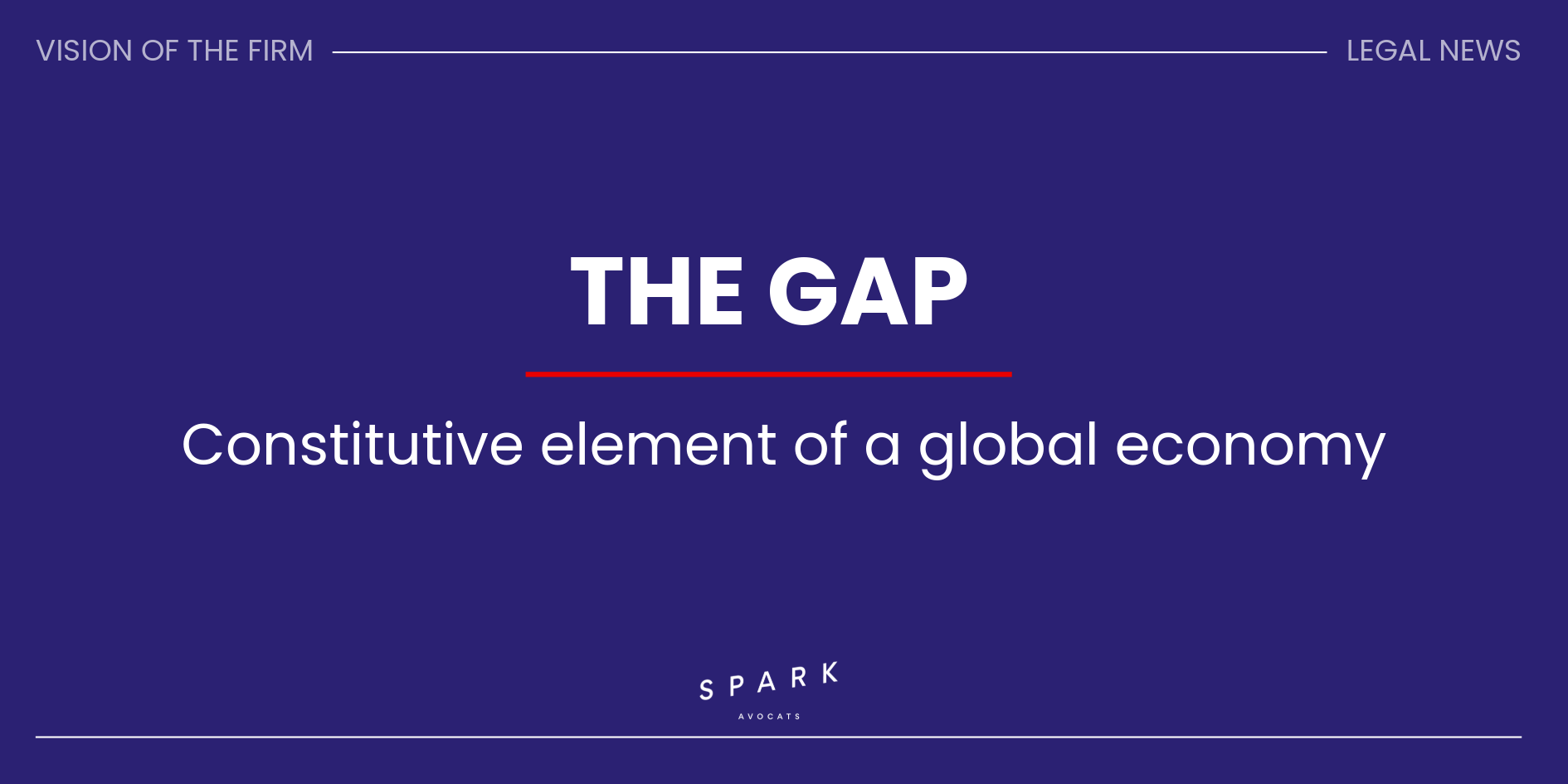
The Warranty of Assets and Liabilities: a Safety Net or a Sword of Damocles?
An essential but often neglected component in business transfers
In the context of a business transfer operation, people often talk about the price. Much less is said about the warranty of assets and liabilities (the famous GAP)… until it has to be read!
Perceived as THE safety net for the buyer, it is the sword of Damocles for the seller.
It is more than that: it is an essential element of the overall economy of a deal, composed of quantitative elements (the price, adjustments, earn-outs, payment terms) and qualitative elements among which the GAP is found.
So what is the GAP?
A contractual guarantee of the past and the unknown
A contract through which the seller agrees to guarantee his past management and to take into account elements that are not known on the day of the closing or that are not yet stabilized;
A risk management tool
A tool for managing the risks of a transaction:
-
upstream, in that it mitigates the information asymmetry that necessarily exists between seller and buyer; and
-
downstream, in that it constitutes a mechanism for reducing the price;
A two-step structure
A construction in two parts: the seller’s statements, symptomatic of the confidence he has in the management of his company, then the mechanism for implementing the price reduction.
Towards a more liquid and secure GAP
Here again, the maxim cash is king is unfailingly verified for both the buyer and the seller: a GAP is good, making it as liquid as possible is better.
But this is a topic in its own right: that of the guarantee of the GAP itself, which forms part of the overall economy of the deal, since its nature will determine the liquidity of the GAP and, as a mirror effect for the seller, will have a direct impact on the cash at closing.
Perilous to summarize but also difficult to handle, the GAP requires the assistance of financial and legal advisors familiar with market practices to address its constituent elements… as early as the letter of intent!
In conclusion
Because at the moment of signing, it is not lines of contract that are being locked down — it is the very balance of a transaction.


